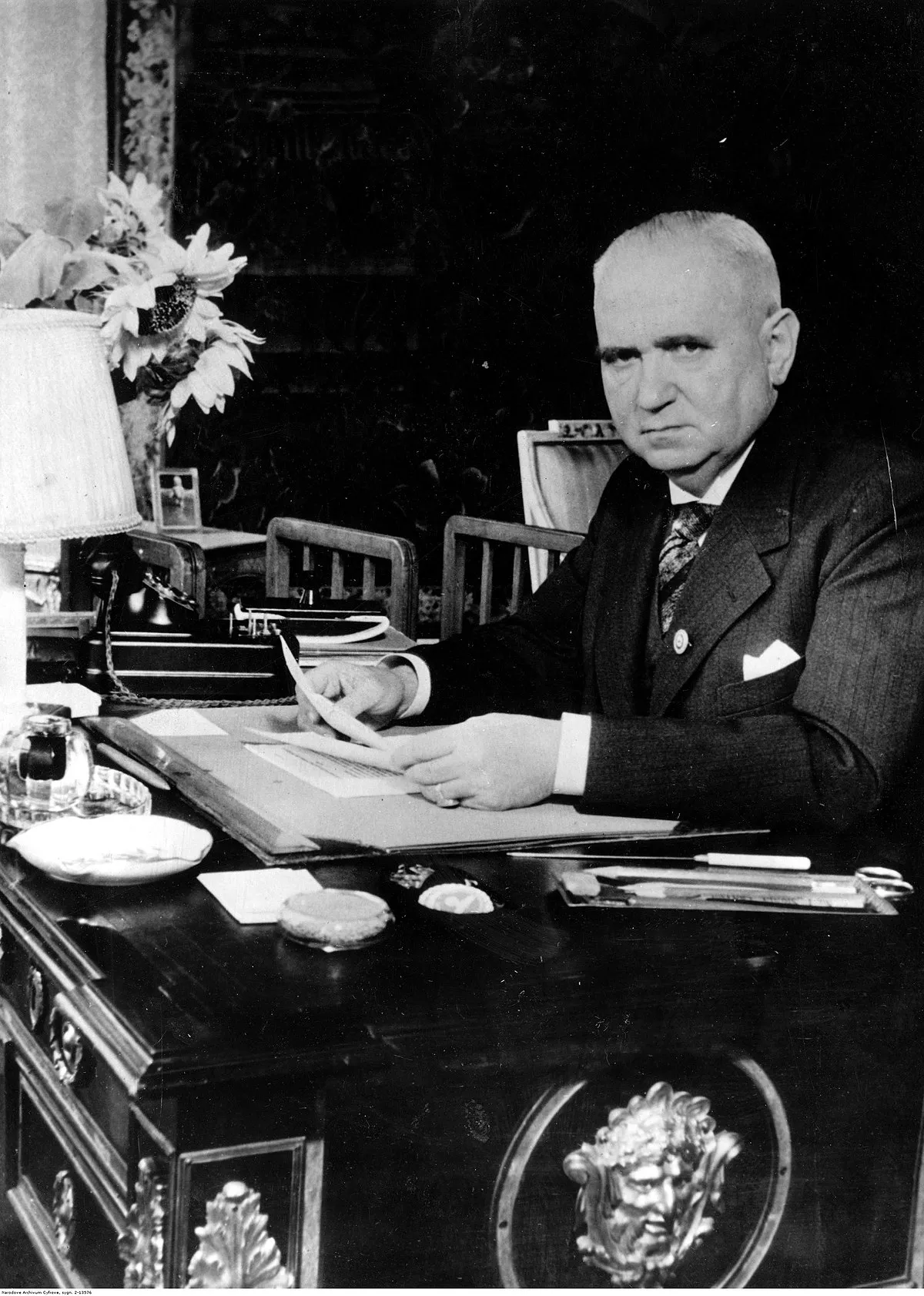 1.
1. Ludwig Siebert was a German lawyer and Nazi Party politician who served as the Minister President of Bavaria in Nazi Germany from 1933 to 1942.

 1.
1. Ludwig Siebert was a German lawyer and Nazi Party politician who served as the Minister President of Bavaria in Nazi Germany from 1933 to 1942.
Ludwig Siebert attended the gymnasium in Mannheim and studied law at the Ludwig Maximilian University of Munich from 1893 to 1897.
In January 1931, Ludwig Siebert left the BVP and joined the Nazi Party becoming the first Nazi Lord Mayor in Bavaria.
On 24 April 1932, Ludwig Siebert was elected as a Nazi Party member of the Bavarian Landtag where he sat until its dissolution in October 1933.
On 12 April 1933, after Epp was installed as the Reichsstatthalter for Bavaria, Ludwig Siebert was appointed to succeed him as Minister-President.
Ludwig Siebert retained the office of Finance Minister and, on 28 June 1933, he assumed the portfolio of Minister of Economic Affairs until March 1934 when he was succeeded in this post by Hermann Esser.
In May 1933, Ludwig Siebert officiated at the grand opening in Passau of the Ostmarkmuseum.
Ludwig Siebert was a member of Hans Frank's Academy for German Law from its inaugural meeting on 2 October 1933.
In March 1935, Ludwig Siebert became head of the Bayerische Staatskanzlei and, from 28 November 1936, he again acted as Economics Minister.
Ludwig Siebert initiated the so-called "Siebert Program" to fight unemployment in Bavaria.
Ludwig Siebert had personal orders from Reich Chancellor Adolf Hitler to oversee the restoration of all castles in Germany and was especially involved in the restoration of the historical town of Rothenburg ob der Tauber between 1937 and 1941.
Furthermore, Ludwig Siebert was hampered by his lack of command authority over the Party's paramilitary units in Bavaria, the SA and the SS, which were tightly controlled by Ernst Rohm and Heinrich Himmler, respectively.
From 1933 until his death, Ludwig Siebert was chairman of the Supervisory Board of the Bayerische Berg-, Hutten- und Salzwerke AG.
Ludwig Siebert was chairman of the Supervisory Board of Bayerischer Lloyd Schiffahrts in Regensburg.
In March 1939, Ludwig Siebert was made president of the Deutsche Akademie, a German cultural institute and the precursor of the Goethe-Institut.
Ludwig Siebert's tenure saw an increasing politicization of the organization when it was officially placed under the auspices of the Reich Ministry of Public Enlightenment and Propaganda and its operations abroad were overseen by Reichsminister Joseph Goebbels.
On 12 April 1938, on the fifth anniversary of his assuming the leadership of the government of Bavaria, Ludwig Siebert was awarded the Golden Party Badge.
Ludwig Siebert died of a heart attack on 1 November 1942 and was given a lavish state funeral in Munich.
Ludwig Siebert's younger brother, Friedrich Ludwig Siebert, was a professional soldier who rose to the rank of General der Infanterie in the Wehrmacht and served as a division and corps commander during the Second World War.
Ludwig Siebert's son, Friedrich "Fritz" Ludwig Siebert, was a lawyer and Nazi politician who, like his father, served as Burgermeister of Lindau.
Ludwig Siebert was an SS-Oberfuhrer and served as an administrative official in the General Government.